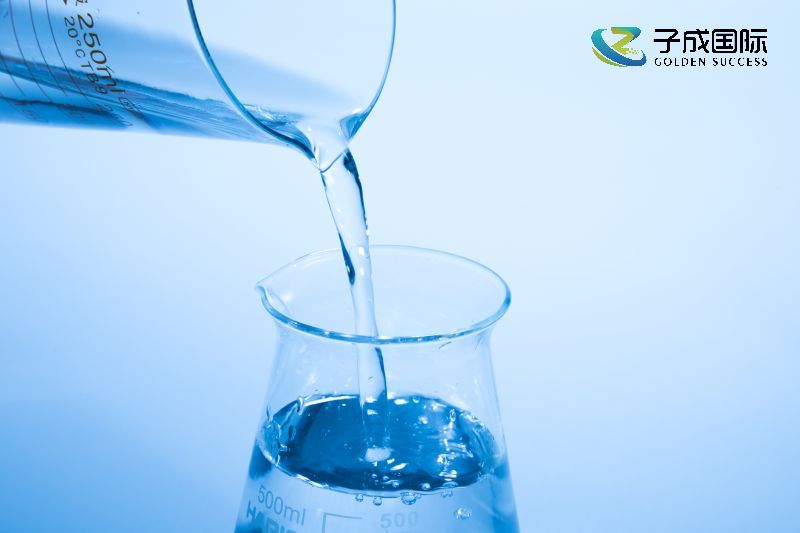Wetting agents, as a type of surfactant, play a crucial role in daily life and industrial applications. They can significantly reduce the interfacial tension between liquid and solid surfaces, making it easier for liquids to spread on solid surfaces, i.e. achieving wetting. The microscopic mechanisms behind this process are complex and intricate, involving multiple levels of intermolecular interactions.

Wetting agents exert their effects through hydrophilic groups (such as hydroxyl and carboxyl groups) and hydrophobic groups (such as long-chain alkyl groups, benzene rings, etc.) in their molecular structure. During the contact process between liquid and solid surfaces, the hydrophobic groups of the wetting agent tend to interact with the non-polar parts of the solid surface, while the hydrophilic groups point towards the interior of the liquid, forming a molecular layer covering the solid surface.
Wetting agent molecules undergo physical or chemical adsorption with non-polar parts of the solid surface through their hydrophobic groups, reducing the free energy of the solid surface. This adsorption enhances the affinity of solid surfaces for liquids. The presence of wetting agent molecules changes the molecular arrangement and interaction forces at the interface between liquid and solid, thereby reducing interfacial tension. The decrease in interfacial tension makes it easier for liquids to spread on solid surfaces, forming a continuous liquid film.
In some cases, wetting agent molecules can also form intermolecular bridges between liquids and solids, further enhancing the interaction forces between the two. This bridging effect helps to improve the wetting effect, making the liquid adhere more firmly to the solid surface.
For some porous solid materials such as paper, fabrics, etc., wetting agents can also penetrate into the interior of the material, causing swelling and swelling of the material. Swelling makes the fiber structure of the material more loose, which is conducive to further penetration and diffusion of liquids.
In summary, the power of wetting agents comes from the clever balance between hydrophilic and hydrophobic groups in their molecular structure. They achieve effective wetting of liquids on solid surfaces through micro mechanisms such as adsorption, reduction of interfacial tension, intermolecular bridging, and permeation and swelling. This process is not only ubiquitous in daily life (such as detergent cleaning, cosmetics application, etc.), but also plays an important role in industrial production (such as coating spraying, ink printing, etc.). Therefore, a deep understanding and mastery of the micro mechanism of wetting agents is of great significance for improving the performance and application effectiveness of related products.

 English
English
 Chinese
Chinese Vietnamese
Vietnamese
 HOME
HOME
 PRODUCT
PRODUCT
 NEWS
NEWS
 CONTACT
CONTACT


